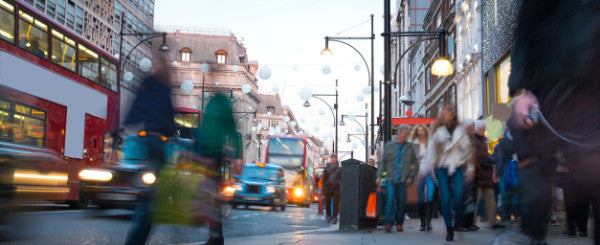
Most trip generation data that is collected is vehicle-based and is focused on land uses where there is parking. However, collecting this type of data in urban areas, where parking isn’t abundant and people use multiple modes of transportation, is much more challenging. Yet, having an understanding of how people travel to urban destination is vital for cities and developers to better plan for the transportation needs of urban businesses.
So, we decided to run an experiment. To go along with the local trip generation data we collect at Spack Consulting, we decided to go hyper-local and collect the trip generation at our office. Our office includes employees from all of our businesses, including Spack Consulting, CountingCars, Traffic Data Inc, and Spack Academy. We are located in a suite of a large office building in an urban area of Minneapolis, Minnesota. To get accurate trip generation data of our office, we decided to do person counts.
The way we handle the trip generation counts at our office is by placing a printed spreadsheet by both doors in our office and have employees record on the sheet each time they enter or exit the office. We went through a few different iterations of the spreadsheet but settled on one that brackets the day into one-hour intervals and also separates people by mode of transportation. Having these mode splits may prove useful, especially in an urban environment where there is no free parking adjacent to our office. Modes include driving and parking on site, driving and parking several blocks away (where there is free on-street parking), walking, biking, taking transit and riding in a car as a passenger. We even added a column for delivery vehicles.
The most difficult part of this project is getting everyone to remember to fill out the sheet each time they enter or exit. To help facilitate this, we taped the sheets to each door and hung a pencil nearby, so it is easy for people to record their trips. If there is a delivery to the office, whoever signs for the delivery also records the trip.
We started these counts in winter because we are located in a cold weather climate and thought it would be interesting to see how the mode choices evolve across the seasons. The data we collected the first month has been inconsistent. Not everyone remembers to mark the spreadsheet when they enter or leave the office. Employees are now in the routine of marking on the sheet when they arrive or depart the office, so we anticipate more consistent results over the next month. We are continuing the experiment for the near future and look forward to sharing our results.
If you are interested in doing this at your place of work or elsewhere, feel free to use the spreadsheet we have made. We would love to hear how it works for you and see your results.

